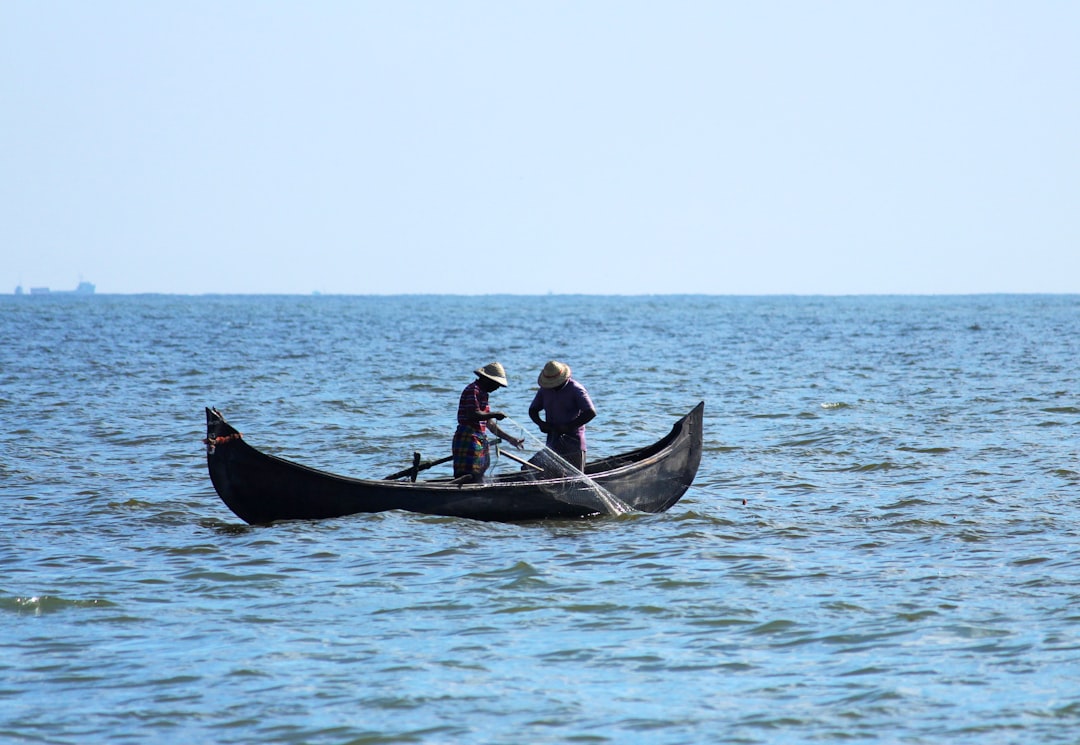What is it about?
Two bacterial viruses, λ and its competitor HK022, modify transcription elongation in their host bacteria by poorly understood mechanisms that involve contacts to host factors. Contrary to the antitermination caused by λ N, HK022 Nun terminates λ transcription. Curious as to differences between the arginine-rich motif of N and Nun that bind λ boxB RNAs, we found that unlike λ N, Nun has essential residues that likely contact a host factor. Molecular docking supported contacts between Nun host factor NusG, which should aid understanding of how transcription elongation is regulated.
Featured Image
Why is it important?
The primary importance of this work is that it provides strong evidence that host factor NusG contacts the arginine-rich domain of HK022 Nun in terminating transcription elongation complexes. It also suggests that NusG occupies the same location relative to λ N in antiterminating complexes. Localizing NusG should help construct structural models of the complete transcription elongation complex and suggest improved hypotheses as to how elongation is regulated. Of more general importance is that the requirement of Nun-boxB recognition on contacts to NusG illustrates how subtle sequence to partner molecules can allow new modes of recognition.ecognition.
Perspectives
My interest is in RNA-protein recognition and how specificity can evolve. I expected mutagenesis to reveal differences in how the arginine-rich motifs of λ N and HK022 Nun bind λ boxB differently. Surprisingly, the only clear differences were found in those amino acids whose side chains projected from the RNA. This was consistent with a previously suggested putative host-factor binding site. NusG was an obvious candidate, and rigid-body docking of NMR structures greatly support its role. Thus, it seems the primary difference between the RNA-binding strategies of N and Nun is Nun's reliance on NusG. Localizing NusG in the transcription elongation complex, which is outside my area of interest, may be the most important finding of the project.
Colin A. Smith
American University of Beirut
Read the Original
This page is a summary of: HK022 Nun Requires Arginine-Rich Motif Residues Distinct from λ N, Journal of Bacteriology, September 2015, ASM Journals,
DOI: 10.1128/jb.00466-15.
You can read the full text:
Contributors
The following have contributed to this page










